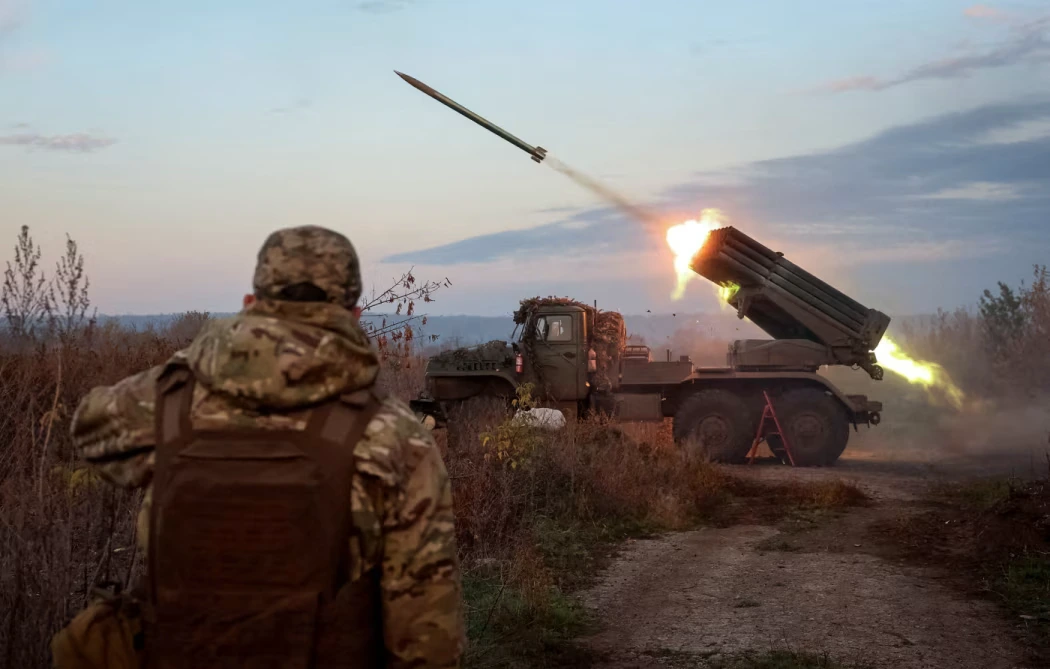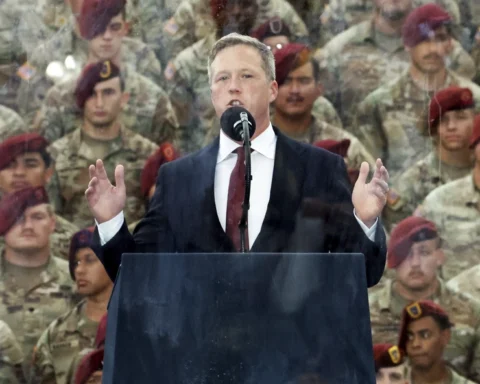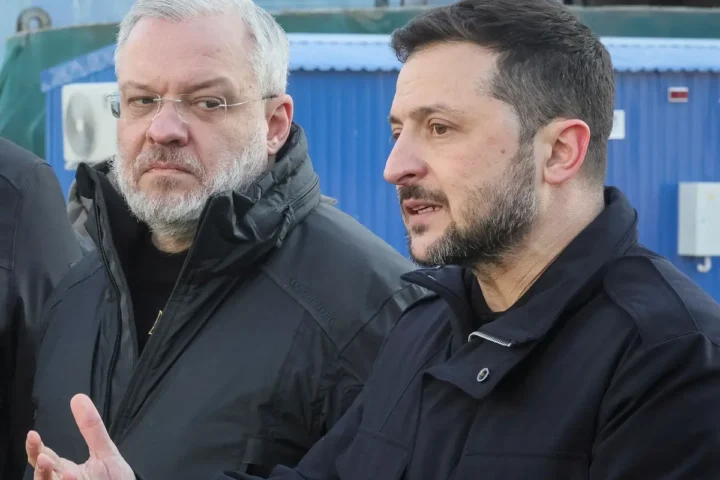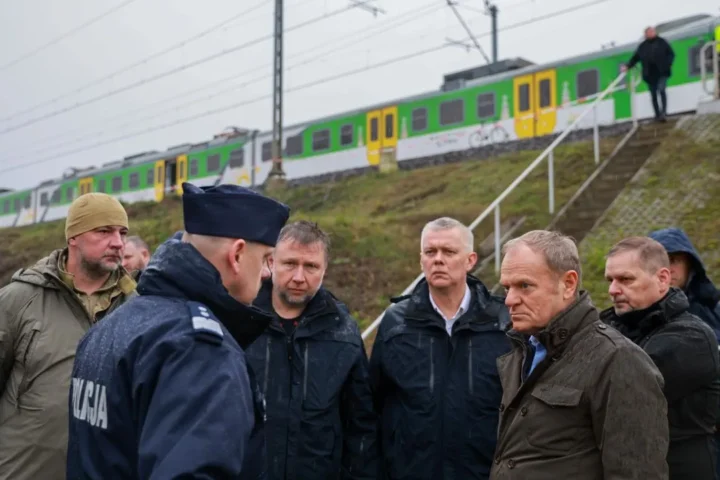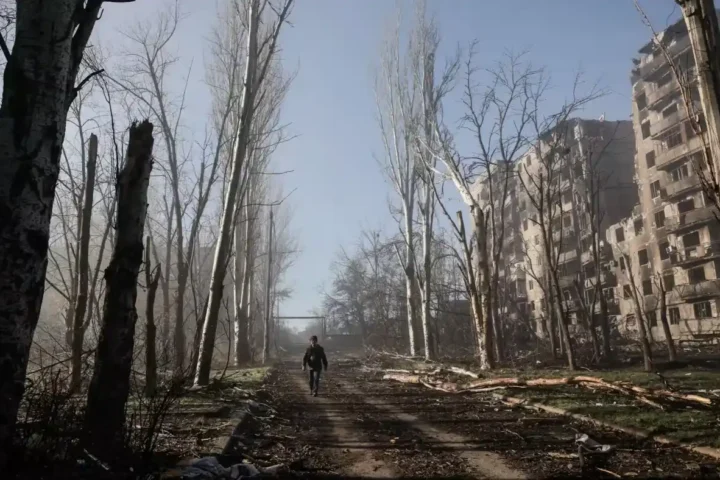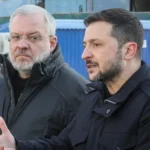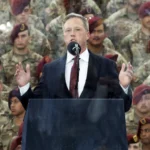The administration of President Donald Trump has prepared an extensive 28-point plan to end the war, which, according to The Wall Street Journal, is based on significant territorial concessions from Kyiv and the abandonment of several core requirements for a future settlement. The document, drafted by the president’s closest advisers, has already raised concerns in Europe and is likely to face strong resistance in Ukraine.
A “Gaza-style” Strategy: Attempt to Replicate a Multistep Model
According to the report, the White House is trying to apply the same tactic that previously allowed the U.S. to secure a cease-fire in Gaza: form a detailed, multilayered roadmap for peace and then pressure both sides into accepting it. The project was developed by Secretary of State Marco Rubio, special envoy Steve Witkoff, and Jared Kushner, who consulted with Kirill Dmitriev, a long-time Kremlin confidant.
President Donald Trump, the publication notes, personally approved the new plan and instructed his team to include “incentives” for both sides. Washington expects Russia to be motivated by the prospect of restoring economic ties with the West, while Ukraine may be drawn by access to international reconstruction funds.
Core Proposals: Donbas to Russia, NATO Membership in Doubt
According to the sources, the plan proposes:
- transferring the entire Donbas region to Russia, including territory currently controlled by Ukraine;
- requiring Ukraine to forgo NATO membership for several years;
- banning the presence of international peacekeeping forces on Ukrainian soil.
In return, Moscow would need to legally codify its commitment not to attack Ukraine or other European countries.
European officials emphasize that these proposals largely mirror long-standing Kremlin demands previously deemed unacceptable by both Kyiv and NATO allies.
Negotiations, Frustration, and Growing Pressure
For a year, President Donald Trump has been attempting to advance negotiations, holding meetings with Vladimir Putin in Alaska and maintaining regular dialogue with Volodymyr Zelensky. But, as the newspaper stresses, no tangible progress has been achieved. This week, Trump again voiced disappointment that his relationship with Putin has not produced a swift peace: “I’m a little disappointed in President Putin,” he said.
Tensions are also rising within the administration. According to the report, Keith Kellogg, the special envoy for Ukraine, plans to leave his post in January. He has been one of Ukraine’s staunchest supporters inside the president’s circle.
Resistance from Kyiv and Anxiety in Europe
Ukraine and most European capitals view the plan as a serious threat. Kyiv has repeatedly stressed that giving up territory—especially in the Donbas—would undermine its defensive positions and create an opening for further Russian advances.
European allies were also caught off guard. German Foreign Affairs Minister Johann Wadephul publicly stated that Berlin had not been briefed on the document and that its content “largely replicates the Kremlin’s wishlist.”
Security Guarantees Remain Unclear
Sources say the Trump administration has not yet clarified what specific security guarantees the U.S. might offer Ukraine if an agreement is signed. Previously, Washington considered participating in a European “reassurance force,” potentially stationed in Ukraine after a settlement. However, the updated plan rules out any international peacekeeping mission—the very mechanism Kyiv and European capitals view as essential.
Context: A Noticeable Shift in Washington’s Position
As recently as the autumn, President Donald Trump stated that Ukraine could reclaim all lost territory and even discussed providing Kyiv with long-range Tomahawk missiles. Now the emphasis has shifted toward cease-fire and minimization of combat rather than restoration of borders.
Meanwhile, Russian forces continue their slow advance in the east. Against this backdrop, Ukraine recently used American ATACMS missiles to strike targets inside Russia—something previously prohibited after Trump returned to the White House.
At the same time, U.S. Army Secretary Dan Driscoll arrived in Kyiv with two senior generals—the highest-level visit by U.S. military officials this year. However, as the report notes, he was not authorized to discuss details of the peace plan.
Thus, according to The Wall Street Journal, the new plan by the Trump administration marks a significant departure from previous U.S. approaches and requires major concessions that could undermine Ukraine’s sovereignty and security. Kyiv is determined to resist, European allies are alarmed, and the strategy itself is based on the assumption that war fatigue may push both sides toward painful compromises. Whether the plan will prove viable—and whether it can become the foundation of future negotiations—remains an open question.
This article was prepared based on materials published by The Wall Street Journal. The author does not claim authorship of the original text but presents their interpretation of the content for informational purposes.
The original article can be found at the following link: The Wall Street Journal.
All rights to the original text belong to The Wall Street Journal.


